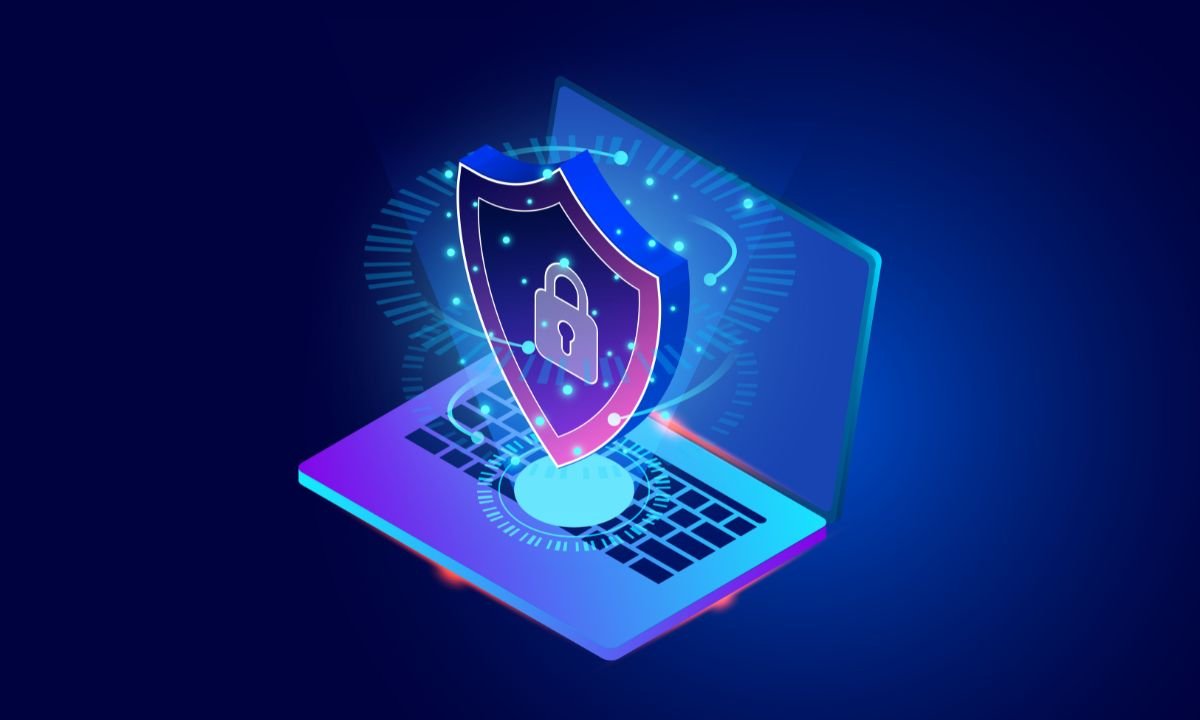Key Takeaways
- Understanding the basics of DDoS attacks is essential to protecting digital assets.
- Implementing a multi-layered security strategy minimizes vulnerability.
- Regular assessments and updates of security measures are critical.
Distributed Denial of Service (DDoS) assaults pose a serious risk to online enterprises in the rapidly changing digital era. These attacks involve an orchestrated surge of traffic directed at a business’s network with the intent to disrupt and incapacitate it. Understanding this threat landscape means recognizing that every click and every transaction online can expose vulnerabilities. Not only are large corporations targeted, but small businesses are also increasingly in the crosshairs, making a comprehensive strategy essential.
Proactive measures can be the difference between swift recovery and prolonged disruption. An effective DDoS mitigation plan requires a blend of the latest cybersecurity strategies, regular safety assessments, and technology updates. This guide presents a roadmap to not only counteract these threats but also ensure the continuity of business operations even when faced with potential cyber threats.
Introduction to DDoS Attacks
DDoS attacks represent one of the most significant dangers to online stability today. These attacks work by bombarding a server with traffic, often from multiple sources, until it cannot function correctly. The objectives range from causing mere nuisance downtimes to severe breaches that can lead to data theft or financial damage. Understanding the dynamics of these attacks is paramount, and integrating robust DDOS security solutions is crucial. Due to the nature of these attacks, which can exploit minimal weaknesses in a network architecture, it is essential to be vigilant and informed about the scope and evolution of these threats.
The Importance of DDoS Mitigation
Implementing DDoS mitigation procedures should be a non-negotiable component of any business that values its online presence. These strategies are not merely about defending against potential economic loss but securing the trust and loyalty of consumers. The immediate aftermath of an attack can lead to significant business disruption, but the long-term effects, such as the erosion of brand credibility, can be even more damaging. Companies that have invested in effective mitigation strategies safeguard their operations and build reliable and secure reputations. The agility to respond quickly and effectively defines the resilience of modern digital enterprises.
Identifying Vulnerabilities in Your Network
The process of fortifying network defenses starts with a thorough mapping of vulnerabilities. These could be outdated software, unpatched systems, or misconfigured network devices, each of which can be an entry point for cybercriminals. Conducting regular penetration testing and employing automated scanning tools help identify these flaws before they can be exploited. Regular audits act as a frontline defense, turning potential weak spots into strengthened lines of defense that prevent unauthorized infiltration.
Multi-Layered Security Strategies
A multi-layered approach is the cornerstone of a robust defense against DDoS attacks. This comprehensive method integrates diverse security measures, such as firewalls, intrusion detection systems, and traffic filtering. Implementing advanced monitoring solutions ensures that traffic patterns are continuously analyzed, allowing real-time detection of anomalies or unexpected surges. These strategies guard against external threats and assure internal stability by thoroughly vetting traffic before it enters the network.
Implementing Rate Limiting
Within this multi-layered defense, rate limiting is an effective barrier against high-volume assaults. Businesses can reduce the likelihood of their systems being flooded by limiting the number and frequency of requests from any user during a specific time frame. When deployed as part of an integrated security solution, rate limiting is one of the many layers protecting against volumetric DDoS attacks while preserving the user experience for legitimate traffic.
Real-Life Case Studies of DDoS Attacks
Examining past DDoS incidents provides valuable insights into the vulnerabilities attackers exploit and the resilience strategies businesses employ. One notable case involved a global financial institution that experienced a substantial DDoS attack, affecting its ability to serve customers effectively. The breach pointed to outdated security measures, prompting the institution to revamp its cybersecurity infrastructure. This incident is a stark reminder of the importance of routine updates and comprehensive defense mechanisms.
Tools and Technologies for Mitigation
Diverse tools and technologies are available for DDoS mitigation to stay ahead of potential attacks. These include cloud-based solutions that can dynamically reroute and absorb malicious traffic, reducing the targeted network’s impact. Also, hardware-based solutions offer localized defense, providing an added layer of protection by filtering illegitimate traffic before it reaches the server.
Consider Cloud-Based Solutions
Cloud-computing-based protection offers flexibility and scalability, extending its reach as attacks intensify. These solutions can absorb and deflect even the most massive DDoS attempts, ensuring continued operation and protecting sensitive data. As these capabilities become more sophisticated, they offer a compelling choice for businesses that balance comprehensive protection with budgetary constraints.
Benefits of Regular Security Assessments
Security assessments help businesses refine their defense strategies and avoid evolving DDoS threats. These assessments highlight outdated measures and pinpoint areas for improvement, offering a proactive stance against potential breaches. By instituting frequent evaluations, companies ensure that their defenses evolve alongside cyber threats, reinforcing the network’s strength and adaptability.
Future Trends in DDoS Attack Prevention
The future of DDoS prevention is directly tied to technological advancements like machine learning and artificial intelligence. These technologies offer predictive capabilities, enhancing the detection and mitigation of sophisticated attacks before they escalate. Staying informed about emerging threats and adapting strategies are vital to maintaining robust security. For example, emerging cybersecurity threats outlined by TechTarget suggest promising trends emphasizing agility and resilience in the face of increasingly sophisticated cyber strikes.











